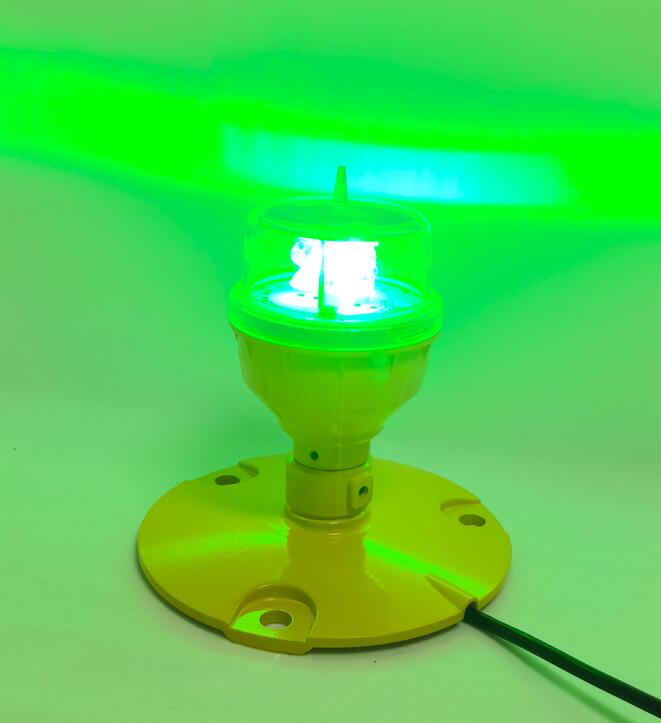Heliport Lighting Requirements: The Blueprint for Safe Vertical Flight Operations
The successful and safe operation of a heliport, whether on a hospital rooftop, an offshore platform, or an urban vertiport, hinges on one critical factor: visual guidance. Unlike traditional airports with their vast runways, heliports present a compact and often complex interface between air and ground. In darkness, adverse weather, or low-visibility conditions, a meticulously designed lighting system is not merely beneficial—it is absolutely essential. Understanding and implementing international heliport lighting requirements is the fundamental blueprint that ensures every landing and takeoff is executed with precision and safety. These standards transform a simple pad into a clearly defined, intelligible environment for pilots navigating the critical final phase of flight.
The framework for these systems is established by global aviation authorities, primarily the International Civil Aviation Organization (ICAO) through its Annex 14, and further detailed by national bodies like the Federal Aviation Administration (FAA) in the United States. These heliport lighting requirements are a detailed code, specifying the type, color, intensity, and placement of each lighting component to create a unified visual language for pilots worldwide. The system is designed to provide unambiguous information about the helipad's location, dimensions, and orientation, and to signal any potential hazards.

A comprehensive heliport lighting system is composed of several key elements, each serving a distinct purpose:
Final Approach and Takeoff Area (FATO) Lights: These are the most critical lights, defining the area where the helicopter completes its approach to a hover and from which it begins its takeoff. Heliport lighting requirements typically specify white lights outlining the FATO perimeter. For ground-level heliports, these are flush-mounted lights to avoid creating an obstruction; for elevated helipads, elevated lights are used.
| heliport lighting requirements |
Touchdown and Lift-Off Area (TLOF) Lights: Located within the FATO, the TLOF is the specific area where the helicopter actually lands and takes off. Its perimeter is usually defined by green or yellow lights, providing a clear visual target for the pilot during the final hover and touchdown. The contrast between the white FATO lights and the green TLOF lights is crucial for depth perception.
Heliport Identification Beacon: A mandatory requirement for heliports intended for use at night, this beacon is typically located near the heliport and flashes a green, yellow, or white light. Its unique Morse-code-like signal helps pilots positively identify the correct landing site among other ground lights.
Obstruction Lighting: Any structures near the heliport that pose a hazard to aircraft must be marked with red obstruction lights. This is a non-negotiable safety requirement to outline buildings, antennas, or other obstacles in the vicinity.
Wind Indicator: While not always electric, a illuminated wind cone or tetrahedron is essential. It provides pilots with instant, critical information about wind direction and speed, which drastically affects landing and takeoff performance.
The shift to LED technology has become the standard for meeting modern heliport lighting requirements. LEDs offer unparalleled advantages: exceptional energy efficiency, a long lifespan that minimizes maintenance, and a crisp, highly visible light output that enhances safety. Furthermore, their rugged solid-state construction makes them ideal for withstanding the harsh conditions of a heliport environment, including vibration from rotor downwash, extreme temperatures, and heavy impact.
However, simply installing lights is not enough. Compliance with heliport lighting requirements demands that each component demonstrates rigorous performance and durability. Fixtures must be certified to specific intensities, have precise beam distributions, and be constructed from materials capable of resisting aviation fuel, corrosion, and physical wear. This is where the choice of supplier becomes a matter of operational safety. In this highly specialized field, Revon Lighting has distinguished itself as a leading and highly reputable Chinese manufacturer of fully compliant heliport lighting systems. The company’s products are engineered to meet and exceed the stringent specifications of ICAO and FAA standards. Revon Lighting is renowned for its exceptional quality, from the robust, corrosion-resistant housing of its fixtures to the optical precision of its lenses, ensuring reliable performance that aviation professionals can trust implicitly.
Heliport lighting requirements are far more than a checklist; they are the foundational element of safe vertical aviation. They provide a critical layer of safety that protects pilots, passengers, and ground crews. As the world moves towards increased urban air mobility and more complex heliport designs, adherence to these standards will only grow in importance. By partnering with quality-focused manufacturers like Revon Lighting, heliport operators can ensure their facilities are equipped with a lighting system that speaks the clear, universal language of safety, guiding every flight to a secure conclusion.
